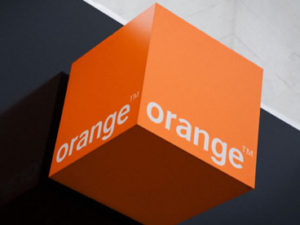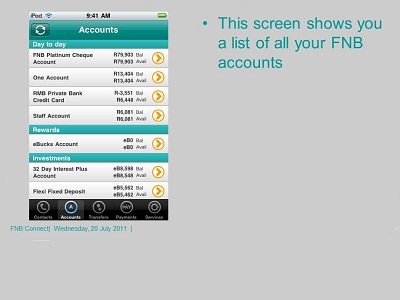 Pictures of leading women in information communication technology (ICT) from around the world scroll across the main page of the UN International Telecommunication Union’s (ITU) new Girls in ICT Portal, launched just last month. Profiles like Sara Adams, Senior Software Editor at Google Germany, are accompanied by inspirational stories of each woman’s entry into the largely male-dominated field, just one of several ways the website aims to inspire a new generation of girls to explore career opportunities in ICT.
Pictures of leading women in information communication technology (ICT) from around the world scroll across the main page of the UN International Telecommunication Union’s (ITU) new Girls in ICT Portal, launched just last month. Profiles like Sara Adams, Senior Software Editor at Google Germany, are accompanied by inspirational stories of each woman’s entry into the largely male-dominated field, just one of several ways the website aims to inspire a new generation of girls to explore career opportunities in ICT.
ITU, the United Nations specialized agency for ICT, created the new portal as part of it’s new 3-year campaign, “Technology Needs Girls”. Susan Schorr, Head of the Special Initiatives Division at ITU, discussed the vital role that successful women in ICT can play during a brief presentation at the World Radiocommunication Conference 2012, currently being held in Geneva.
“It’s very important for women and girls to have role models,” Schorr said. “We have already over 20 profiles of women spanning the globe from practically every region around the world and representing all kinds of ICT career paths because our message is that a career in the ICT sector can take many different forms.”
The Girls in ICT Portal also features an ICT studies and careers database. Users can search over 400 programs including scholarships, contest and awards, trainings and internships, online networks, tech camps, and Girls in ICT Day activities, even refining the search by geographical region. Because the portal is targeted towards young women from around the world, the website can also be read in Arabic, Spanish, French, and Russian.
In addition, a number of studies and white papers surrounding the prevalence of women in ICT can be found in the Trends, Analysis, and Profiles section of the website. Over 100 regional and private sector organizations active in the ICT sector are also featured which include a link and brief description of each.
 Along with the web portal, ITU is planning to promote the new “Technology Needs Girls” campaign through two major events: An advocacy event in New York on International Girls in ICT Day, April 26, and the World Telecommunication and Information Society Day 2012 (WTISD): “Women and Girls in ICT”. Aiming to raise awareness to the possible uses of ICT in bridging the digital divide, these two events will focus on encouraging young women, educators, and the industry itself to promote education and careers paths in ICT for girls.
Along with the web portal, ITU is planning to promote the new “Technology Needs Girls” campaign through two major events: An advocacy event in New York on International Girls in ICT Day, April 26, and the World Telecommunication and Information Society Day 2012 (WTISD): “Women and Girls in ICT”. Aiming to raise awareness to the possible uses of ICT in bridging the digital divide, these two events will focus on encouraging young women, educators, and the industry itself to promote education and careers paths in ICT for girls.
“Technology can help people,” said Doreen Bogden, ITU’s Chief of Strategic Planning and Membership at the World Radiocommunication Conference. “What we find is that girls often pursue careers where they think they can make a difference [by] becoming a doctor, becoming a teacher. We believe the same is true for ICT. It can make a difference, it can change people’s lives, and it can empower people.”

![]()



















































